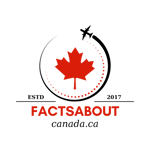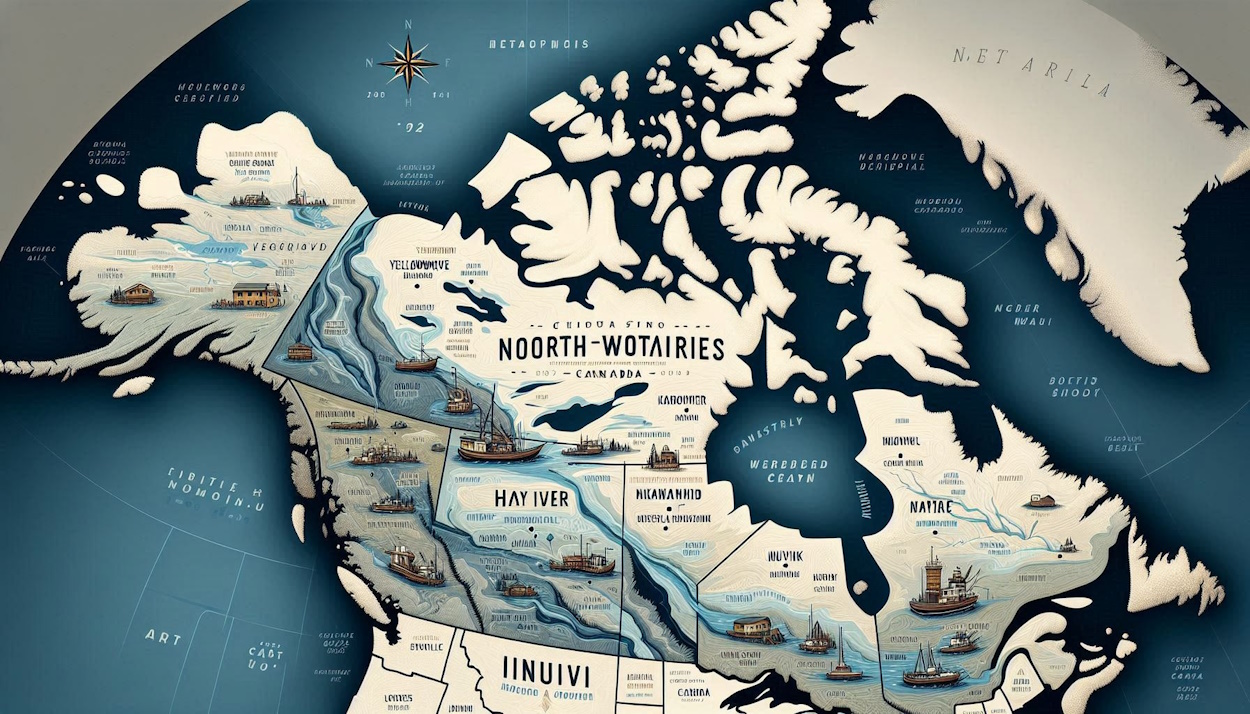Northwest Territories: The Territory’s Largest Communities
The Northwest Territories, a vast and sparsely populated region in northern Canada, is renowned for its pristine wilderness, abundant wildlife, and rich Indigenous cultures. While lacking traditional cities, the territory boasts unique communities that serve as vital hubs for the region.
Let’s embark on a journey to explore the largest settlements that contribute to the Northwest Territories’ unique tapestry.
- Yellowknife: The territorial capital, Yellowknife is a vibrant city with a rich history, modern amenities, and stunning natural surroundings.
- Hay River: Located on the south shore of Great Slave Lake, Hay River is a transportation hub with a strong connection to the land and a thriving fishing industry.
- Inuvik: Situated north of the Arctic Circle, Inuvik is a unique town known for its igloo-shaped church and its role as a gateway to the Arctic.
- Fort Smith: Located on the Slave River, Fort Smith is a historic town with a strong Indigenous presence and a growing tourism industry.
- Behchokǫ̀: Situated on the north arm of Great Slave Lake, Behchokǫ̀ is a Tłı̨chǫ community with a rich cultural heritage and a strong connection to the land.
- Norman Wells: Located on the Mackenzie River, Norman Wells is a remote community with a rich oil and gas history and a growing tourism industry.
- Fort Simpson: Situated at the confluence of the Liard and Mackenzie Rivers, Fort Simpson is a historic trading post with a strong Indigenous presence.
- Fort Providence: Located on the Mackenzie River, Fort Providence is a Dene community with a rich cultural heritage and a strong connection to the land.
- Tuktoyaktuk: Situated on the Arctic Ocean coast, Tuktoyaktuk is a traditional Inuvialuit community with a rich history and a growing tourism industry.
- Fort Liard: Located in the southwestern corner of the territory, Fort Liard is a Dene community with a strong cultural heritage and a connection to the land.
The Northwest Territories‘ largest communities offer a unique glimpse into the rich cultures and traditions of the Indigenous peoples who have called this land home for millennia. While remote and isolated, these communities are vibrant hubs of activity, offering a diverse range of experiences for residents and visitors alike.

